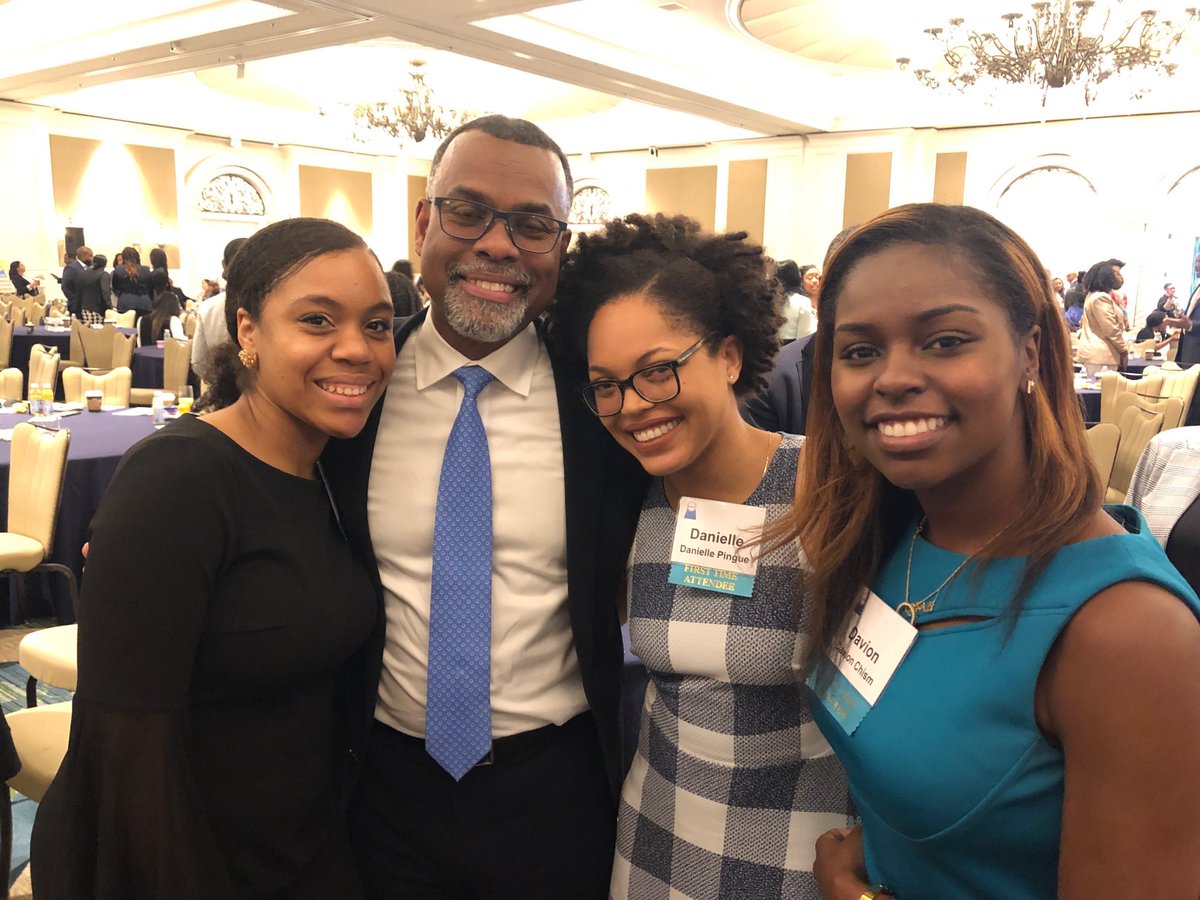
Only the writing room remained, “exposed for the sun to beat down on its side”.

Glaude, who has taught Baldwin for many years, had come in search of any surviving traces of the writer’s refuge, and found most of it crumbling to dust. The nation is at a crossroads: Americans must make a choice to accept racism or do the work necessary to become a truly multiracial democracy.I n 2018, two years after the “disastrous” 2016 US presidential election, Eddie Glaude Jr, professor of African American Studies at Princeton, made a pilgrimage to the house in Saint-Paul-de-Vence, in the south of France, where James Baldwin had lived for almost two decades, and which was now being knocked down to make way for luxury flats. The book concludes with an appeal to those who want to build a better country. Glaude reveals that he not only refused to vote for Hilary Clinton in the 2016 presidential election, but also encouraged voters in non-swing states to leave their ballots blank to push the Democratic Party to act on racial issues.Ĭhapter 7 stresses the importance of examining the values and commitments that shaped America’s self-understanding, with the aim of reimagining and recreating the future.

Only by confronting slavery and its legacy directly can the country put an end to the lie.Ĭhapter 3 emphasizes the various obstacles hindering the country’s transformation-most notably, White America’s commitment to maintaining its own myths and willingness to protect its identity at all costs.Ĭhapter 4 explores the moral question of who Americans take themselves to be, placing the problem of racism at the feet of White America.ĭrawing on Baldwin’s ideas about exile, Chapter 5 discusses the concept of a physical and metaphorical elsewhere-a space to recharge before reentering the fight for racial justice.Ĭhapter 6 centers on the ruinous state of the country due to the broken promises of the past.

The US has yet to confront its racism honestly, choosing instead to minimize the issue and shift the blame to fringe actors. The Introduction describes the book’s origins and lays out its main thesis: Insidious views of race in America continue to frustrate efforts to achieve equality.Ĭhapter 1 is about two concepts: “the lie” and the “after times.” The lie is the idea that White people matter more than racial minorities, while the after times are transitional periods in US history that present opportunities for change, such as the post-civil rights years and the current era.Ĭhapter 2 focuses on the notion of bearing witness.


 0 kommentar(er)
0 kommentar(er)
